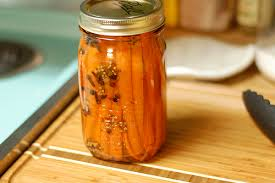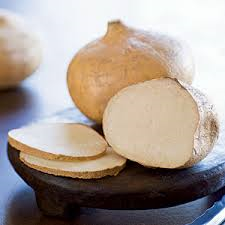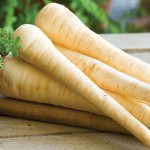 Fermented foods are getting lots of attention these days. Research has suggested that there are benefits to consuming the happy bacteria in fermented foods, including probiotics. The bacteria appear to improve digestion, boost immunity, and possibly even help with weight management. Exactly how remains unclear and how much be eaten in order to reap these potential benefits. Regardless, it may be worth incorporating a few fermented foods into your diet, such as tempeh, miso, sauerkraut, kefir, yogurt, kombucha, and kimchi. Pickled fruits and vegetables provide probiotic benefits as well but only in foods pickled in brine, not vinegar, and in unpasteurized pickled products.
Fermented foods are getting lots of attention these days. Research has suggested that there are benefits to consuming the happy bacteria in fermented foods, including probiotics. The bacteria appear to improve digestion, boost immunity, and possibly even help with weight management. Exactly how remains unclear and how much be eaten in order to reap these potential benefits. Regardless, it may be worth incorporating a few fermented foods into your diet, such as tempeh, miso, sauerkraut, kefir, yogurt, kombucha, and kimchi. Pickled fruits and vegetables provide probiotic benefits as well but only in foods pickled in brine, not vinegar, and in unpasteurized pickled products.
Brine Pickled Carrot Sticks
Makes 1 qt
2 pounds carrots, peeled and into sticks that are no more than about 1 inch wide
4 cups water
¼ cup kosher salt
1 sprig fresh thyme
2 bay leaves
1 dried hot chile
1 tsp cracked black peppercorns
Boil the salt, water, bay leaves, black peppercorn, and chile for a minute or so. Then, turn off the heat and let this cool to room temperature. Once the brine has cooled to room temperature, pack the carrots and the thyme sprig into a clean Mason jar and pour the brine over them, making sure the jars all get some of the spices.
Pour leftover brine into a plastic bag and tie off. Push the bag into the jar of carrots to ensure that the carrots are completely submerged in the brine. If the carrots come in contact with air, the carrots will spoil with mold.
Put the jar into a cool, dark place for at least 3-4 days but typically not longer than 2 weeks. The temperature should be about 55-70oF. The longer carrots ferment, the saltier and tangier they will taste.
Remove the bag of leftover brine from the jar. Screw a lid onto the jar and place in refrigerator where they will keep for about 6 months.







